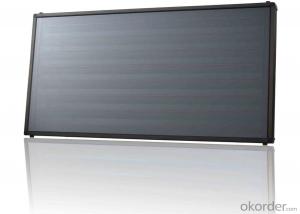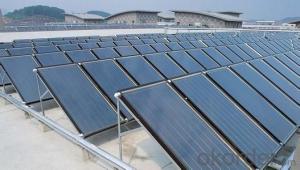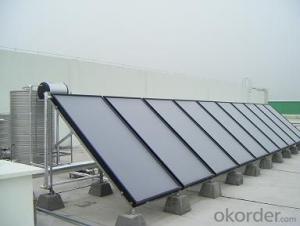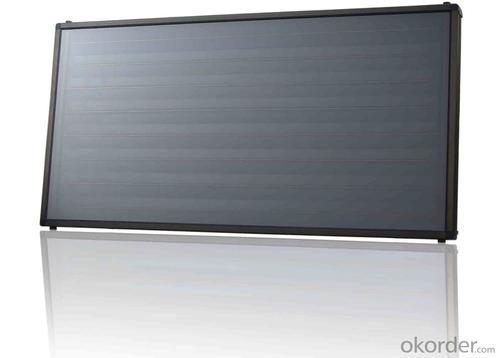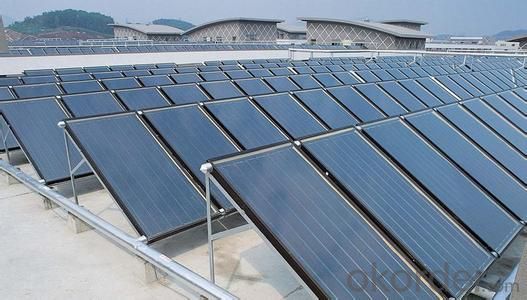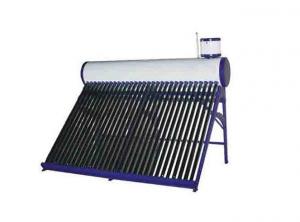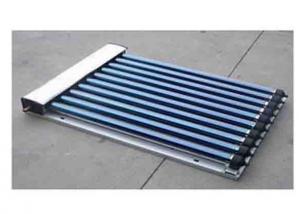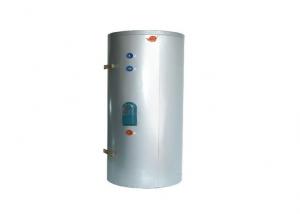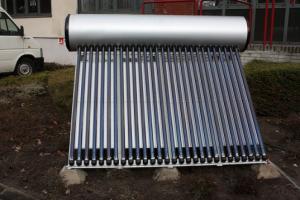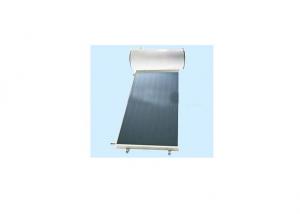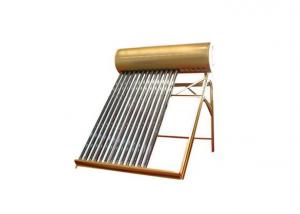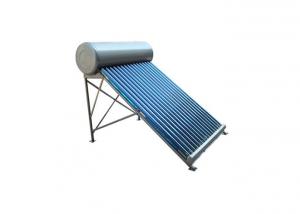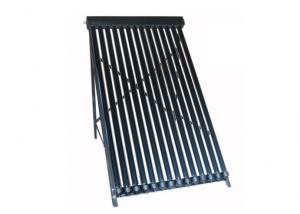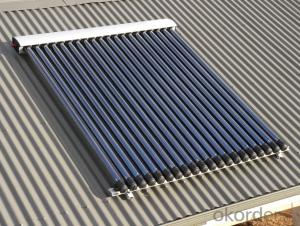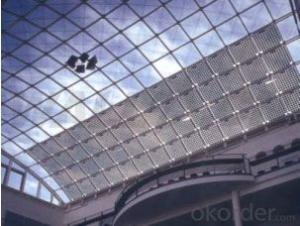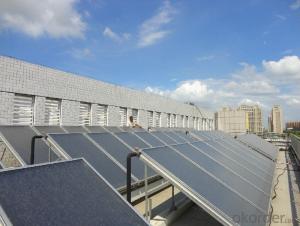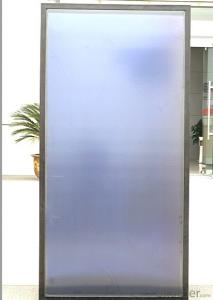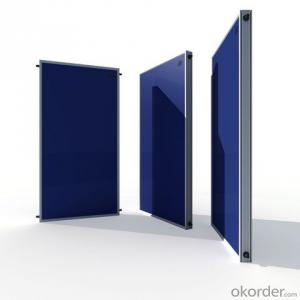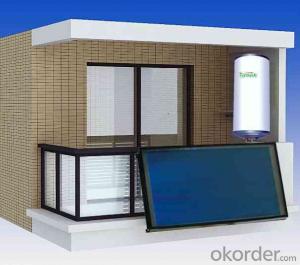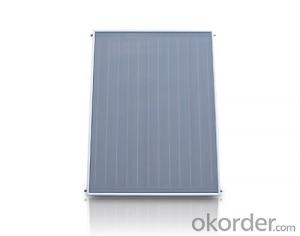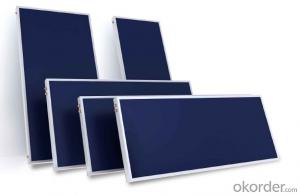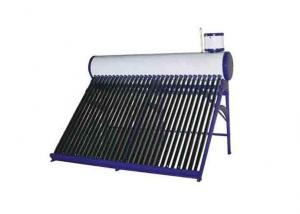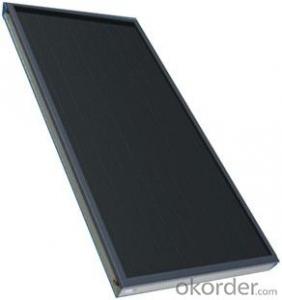Sunda Solar Collectors
- Loading Port:
- China Main Port
- Payment Terms:
- TT OR LC
- Min Order Qty:
- -
- Supply Capability:
- -
OKorder Service Pledge
OKorder Financial Service
You Might Also Like
solar flat plate collector
Type black-B
Dimension(LxWxH) (mm) 2000×1000×80
Gross area (m²) 2
Efficiency area (m²) 1.85
Gross weight of collector (kg) 29±3
Thermal efficiency(ηa0) 0.75
Stagnation temperature 180°C
Max.working pressure 1.2Mpa
Recommended circulation flow Water or propylene glycol
Resistance to freezing Less than or equal to 0°C
Transparent cover
Number of cover (pc) 1
Dimension LxW (mm) 1980x980
Cover material Low-iron tempered glass cover
Cover thickness (mm) 3.2
Absorber
Dimension LxW (mm) 1945*945
Material Cu & Al
Surface treatment Black chrome Coating
Absorptivity: 0.94±0.02
Emissivity: 0.09±0.02
Construction type aluminum sheet and Tube, Laser welding
Header material Copper Tp2
Header tube size (mm) Ø22x0.6x1060 2pcs
Riser material Copper Tp2
Riser tube size (mm) Ø8x0.45x1883 8pcs
Fill capacity 1.6L Including Header Pipes
Thermal insulation
Insulation material 16K Fiber glass insulation (back)
Insulation thickness 30mm (back) 25mm (side)
Conductivity(W/mK) Less than or equal to 0.042 under 75°C
Casing
Frame Aluminum Alloy
Frame Color Silver
Back Plate 0.5mm Aluminum back plate
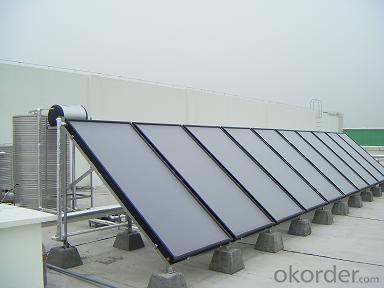
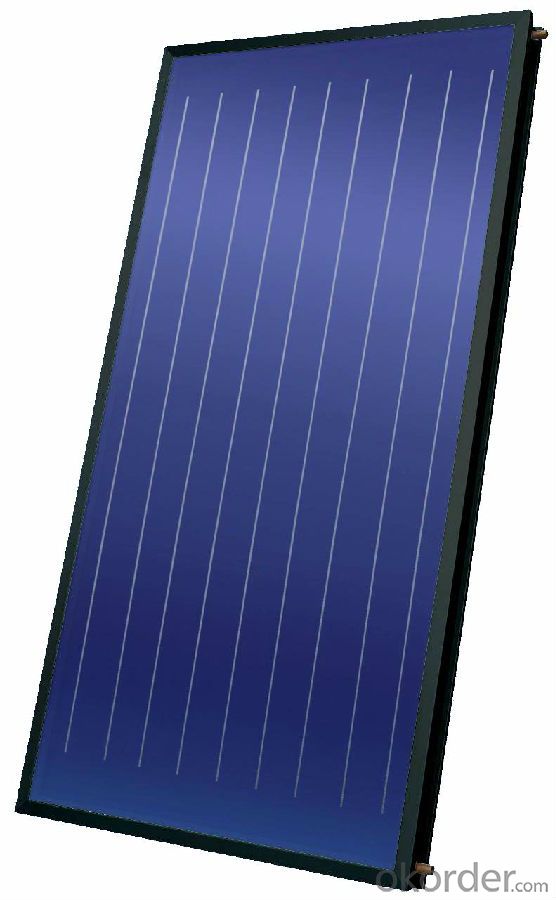
- Q: How do solar collectors affect air quality?
- Harnessing the sun's energy, solar collectors positively impact air quality by generating electricity or heat without emitting harmful pollutants. Unlike fossil fuel power plants, they do not release greenhouse gases like carbon dioxide, nitrogen oxides, or sulfur dioxide that contribute to air pollution and climate change. By reducing reliance on fossil fuels, solar collectors minimize harmful pollutant emissions, improving air quality. Moreover, they produce no noise pollution, further enhancing their environmental benefits. Consequently, solar collectors are a sustainable and clean energy solution that significantly improves air quality and mitigates the negative effects of traditional energy sources on the environment.
- Q: Can solar collectors be used for pool heating?
- Yes, solar collectors can be used for pool heating.
- Q: Can solar collectors be used for heating bridges?
- Yes, solar collectors can be used for heating bridges. Solar thermal collectors can capture the sun's energy and convert it into heat, which can then be used to warm a bridge's surface or prevent ice formation. This method is environmentally friendly and can help reduce the need for traditional heating methods.
- Q: How do solar collectors affect the energy consumption of a building?
- Solar collectors can significantly reduce the energy consumption of a building by harnessing the sun's energy to generate electricity or heat. By converting sunlight into usable energy, solar collectors reduce the need for traditional energy sources, thereby reducing the overall energy demand and consumption of the building.
- Q: Can solar collectors be used for heating dairy farms?
- Yes, solar collectors can be used for heating dairy farms. Solar thermal systems can capture and convert the sun's energy into heat, which can be used for various applications such as heating water for cleaning, space heating, or even heating milk in dairy farms. This renewable energy source can help reduce energy costs and carbon emissions, making it a sustainable option for dairy farm operations.
- Q: Can solar collectors be used for swimming pool heating?
- Yes, solar collectors can be used for swimming pool heating. Solar collectors, such as solar panels or solar thermal systems, can absorb sunlight and convert it into heat energy, which can be used to heat swimming pool water. This is a cost-effective and sustainable way to maintain the desired pool temperature without relying on traditional heating methods.
- Q: Can solar collectors be used for heating concert venues?
- Yes, solar collectors can be used for heating concert venues. Solar thermal systems can be installed to capture and convert sunlight into heat energy, which can then be used to warm up the indoor spaces of concert venues. This sustainable heating method can reduce the reliance on traditional heating systems, lower energy costs, and contribute to environmental conservation.
- Q: Are solar collectors compatible with existing heating systems?
- Yes, solar collectors are compatible with existing heating systems. They can be integrated into various types of heating systems, such as radiant floor heating, forced air systems, and hot water heaters. By harnessing the sun's energy, solar collectors can significantly reduce the reliance on traditional heating sources and lower energy costs.
- Q: What is the purpose of a solar collector?
- The purpose of a solar collector is to harness the energy from the sun and convert it into usable heat or electricity.
- Q: Can solar collectors be used for heating water for agricultural purposes?
- Yes, solar collectors can be used for heating water for agricultural purposes. Solar water heating systems can efficiently heat water using solar energy, reducing dependence on traditional heating methods and saving energy costs. This heated water can be used for various agricultural purposes such as irrigation, livestock watering, greenhouse heating, and sanitation.
Send your message to us
Sunda Solar Collectors
- Loading Port:
- China Main Port
- Payment Terms:
- TT OR LC
- Min Order Qty:
- -
- Supply Capability:
- -
OKorder Service Pledge
OKorder Financial Service
Similar products
Hot products
Hot Searches
